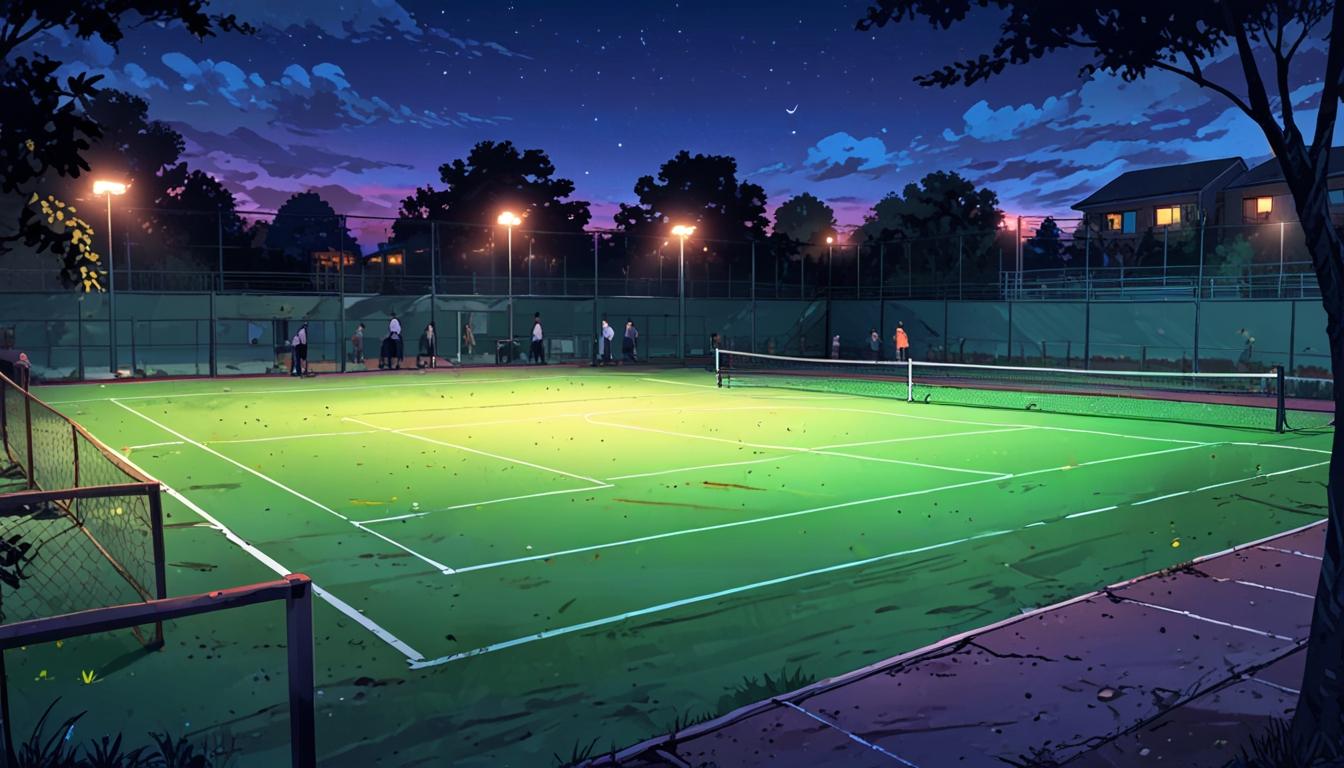Residents Protest Over Noise and Lights from School Tennis Courts
In a city that boasts the achievements of tennis star Alfie Hewett, Norwich finds itself embroiled in a conflict that casts a shadow over its sporting culture. Three years after controversy erupted over the removal of grass tennis courts from a local park, the issue has resurfaced, this time focusing on five all-weather tennis courts at the City of Norwich School. These were upgraded in 2021 with funding from the National Tennis Association and aimed to serve both the school's students and the wider community. However, the upgrade has sparked fury among neighbouring residents who claim the courts are a source of intolerable noise, invasive lighting, and instances of antisocial behaviour.
Local residents have voiced their grievances, with some recounting alarming incidents involving students trespassing on private property, searching for ways to skip their classes. One neighbor reported finding a schoolboy hiding in his garden shed, while another lamented the damage done to his hedge. Complaints centred around the proposed extension of court usage hours, which would extend access until 8.30pm on weekdays and 5pm on Saturdays, further inflaming discontent among those living nearby.
Residents have described their lives as “unbearable,” emphasising the noise levels generated by games—whether tennis, basketball, or netball—and the brightness of the floodlights that shine directly into their homes. Keith Philpott, a local resident irritated by the school’s approach, stated that despite the school’s assertions, there has been little action taken to mitigate the glaring light, as he noted, "They just refuse to fit shields unless the council forces them." Indeed, the school has countered with claims that it has engaged in discussions with residents and attempted to rectify lighting heights that surpassed planning conditions.
The school maintains that it is committed to fostering a positive relationship with the community, asserting that the courts bring numerous benefits. A spokesperson for the City of Norwich School mentioned, “Our tennis courts are an important part of the diverse range of outdoor facilities we offer,” and reassured residents that they are examining options such as installing an acoustic fence to address noise-related issues.
Despite the school’s assurances and responsiveness, many residents feel that there has been a general lack of communication from school leadership. Philpott expressed frustration over unanswered calls and emails, stating, “Governors and the Ormiston academy leaders are like ghosts, untraceable and unreachable." This sentiment reflects a breakdown in dialogue which is crucial for resolving community grievances.
Moreover, safety concerns were highlighted in a recent review conducted by the Ormiston Academies Trust, which found that the school's site lacked adequate security measures. Plans to install new fences and enhance supervision of entrances are in progress, but residents are left to wonder how this will intersect with their other concerns about noise and disturbances linked to the school’s expanded use of its facilities.
As the school attempts to navigate this turbulent landscape, it echoes previous tensions in the city, notably the backlash faced when grass courts were replaced at Heighham Park—an incident that similarly ignited passions about local sporting facilities and community impact. The ongoing dispute over the tennis courts at the City of Norwich School effectively underscores the complex relationship between community amenities and residential peace.
With 34 formal objections filed against ongoing expansions of court usage, many are left contemplating the broader implications of such developments in their neighbourhood. As Philpott poignantly remarked, “If the school doesn't care about its reputation within the local community, and the city council is complicit, then the wider people of Norwich deserve to know what is happening."
In the midst of these tensions, Norwich’s hopes for the next tennis champion may hinge less on athletic prowess and more on the school’s ability to resolve community grievances effectively—an endeavour that appears increasingly fraught as residents await a satisfactory conclusion to their concerns.
Reference Map:
- Paragraph 1 – [1], [2]
- Paragraph 2 – [1], [2]
- Paragraph 3 – [1], [3]
- Paragraph 4 – [1], [4]
- Paragraph 5 – [1], [7]
- Paragraph 6 – [1], [5]
- Paragraph 7 – [1], [6]
Source: Noah Wire Services
